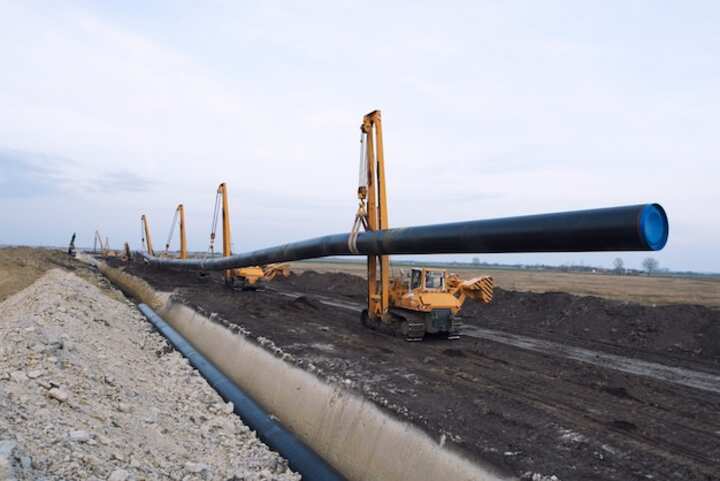
Essential Guide to Foundation Crack Injection and Repair
Foundation cracks are a common concern for many homeowners, as they can pose serious structural issues if not addressed promptly. Understanding the causes of foundation cracks and the appropriate repair methods is crucial for maintaining the integrity of a building. One of the most effective solutions for repairing foundation cracks is crack injection, a method that not only addresses the aesthetic concerns but also reinforces the structural stability of the foundation. This guide provides an in-depth look into the process of foundation crack injection, its benefits, and the types of materials used in the repair process.
Understanding Foundation Cracks
Foundation cracks can occur for various reasons, ranging from natural settling to external pressures. Identifying the type of crack and its cause is the first step in determining the appropriate repair method.
Common Causes of Foundation Cracks
- Soil movement due to moisture changes
- Poor construction practices
- Tree root invasion
- Seismic activity
Understanding these causes can help in preventing further damage and guiding repair options. Learn more in this detailed guide.
The Crack Injection Process
Crack injection is a widely accepted method for repairing foundation cracks, especially those that are leaking or compromising structural integrity. This method involves filling the crack with a material that bonds it together and prevents further water infiltration.
Steps Involved in Crack Injection
- Inspection and diagnosis of the crack
- Cleaning the crack to remove debris and contaminants
- Sealing the surface of the crack with an epoxy or polyurethane
- Injecting the crack with a repair resin under pressure
- Allowing the resin to cure and monitoring for effectiveness
Each step is crucial for ensuring that the crack is properly sealed and the foundation is reinforced. Explore further insights here.
Materials Used in Crack Injection
The choice of materials for crack injection depends on the type of crack and its location. Two primary materials used in this process are epoxy and polyurethane.
Epoxy Injection
Epoxy is primarily used for structural repairs. It is strong and bonds well with concrete, making it ideal for reinforcing the structural integrity of a foundation.
Polyurethane Injection
Polyurethane is more flexible and is typically used for sealing cracks that are prone to water infiltration. It expands upon injection, effectively sealing the crack and preventing water from entering.
Choosing the right material is essential for a successful repair. Find additional information here.
Benefits of Foundation Crack Injection
Foundation crack injection offers numerous benefits, making it a preferred choice for many homeowners facing foundation issues.
- Cost-effective compared to other repair methods
- Non-invasive, preserving the integrity of the foundation
- Quick and efficient with minimal disruption
- Long-lasting results with proper maintenance
These benefits highlight why crack injection is a favored method for foundation repair. Read more about this topic.
Conclusion
Foundation crack injection is a vital repair method that addresses both cosmetic and structural issues associated with foundation cracks. By understanding the causes, process, and materials involved, homeowners can make informed decisions about repairing their foundations. Maintaining the structural integrity of a building is essential for safety and longevity, making crack injection an invaluable method in the arsenal of foundation repair techniques.